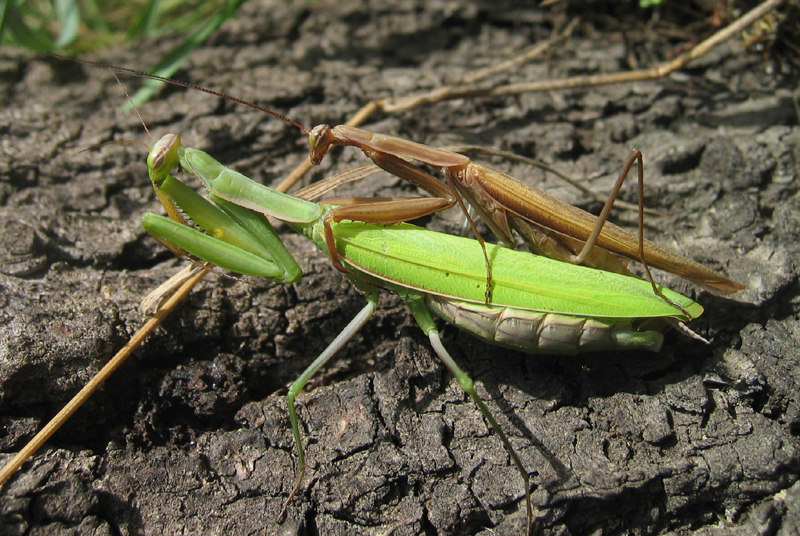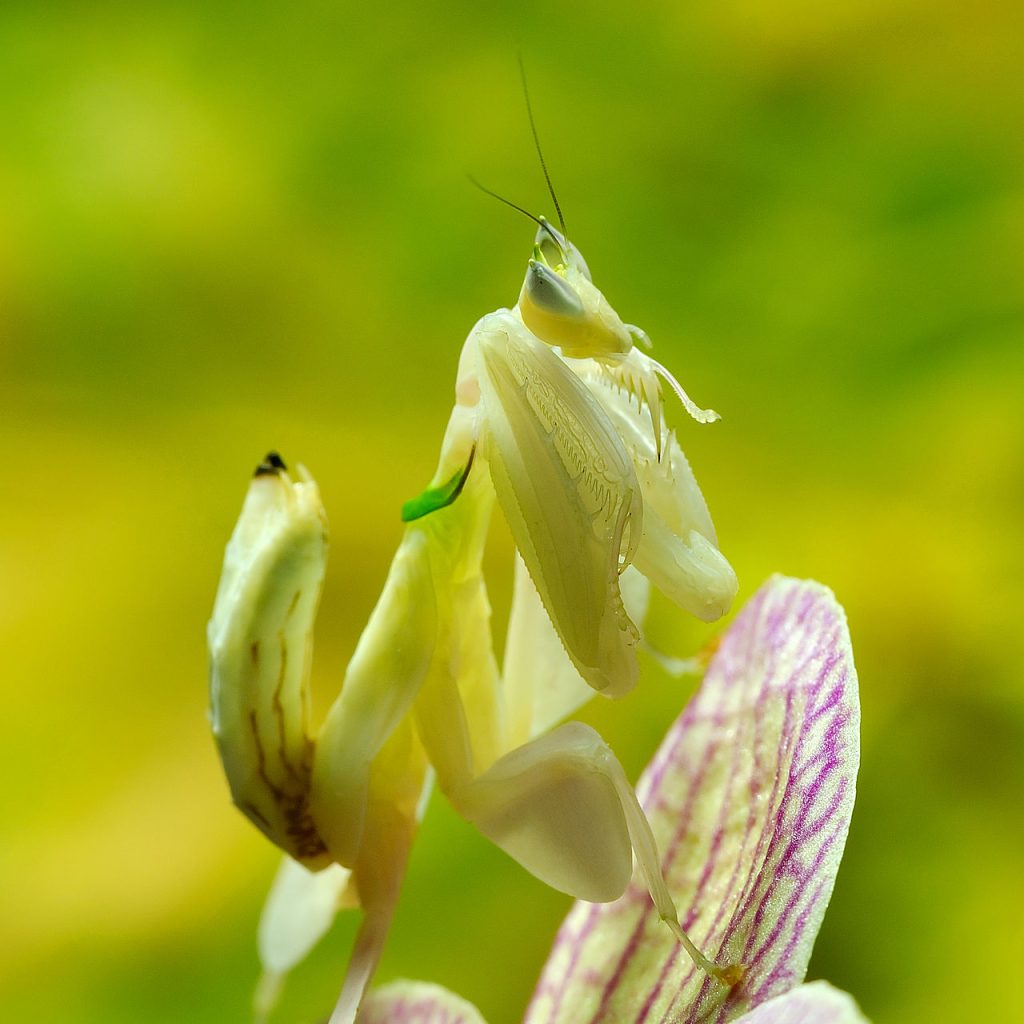How to Breed Praying Mantis
Breeding praying mantises can be a fascinating and rewarding experience, especially for enthusiasts who admire these remarkable insects. Praying mantises are well known for their unique hunting techniques, patience, and predatory skills, making them one of the most interesting insects to observe and breed. Their lifecycle, from egg to adult, is full of intriguing behaviors that captivate hobbyists and researchers alike.
One of the most beautiful and exotic species is the Orchid Mantis (Hymenopus coronatus), known for its stunning floral camouflage. This species, native to Southeast Asia, mimics flower petals to ambush unsuspecting prey. Successfully breeding mantises, especially exotic species like the Orchid Mantis, requires patience, knowledge, and the right environmental setup. This guide will take you through the essential steps for raising, feeding, and caring for your mantises, ensuring they grow healthy and strong.
Creating the Ideal Environment
Providing the right habitat is crucial for the health and well-being of your mantis. A proper setup ensures they have a stable environment to thrive, grow, and develop naturally. The terrarium should mimic their natural surroundings, offering the necessary warmth, humidity, and hiding spaces to reduce stress and encourage natural behaviors. Here are the key factors to consider:
-
- Temperature: 20-30°C (77-86°F)
-
- Humidity: 60-80%
-
- Terrarium Size: A minimum of 10x10x15 cm (12x12x18 inches) for a single adult individual.
-
- Ventilation: Proper airflow is essential to prevent mold growth.
-
- Substrate: Use paper towels, coconut fiber, or moss to retain humidity.
-
- Terrarium Setup: Provide branches, leaves, and hiding spots to reduce stress.
-
- Lighting: A natural day-night cycle helps regulate their behavior.
A lighter and simple alternative instead of terrariums can be our insect rearing cages, these cages have the advantage of being light, easily cleaned and provide full ventilation to the nymphs. Our 30×30 mesh cage is ideal for raising mantis nymphs communitary during the first instars or either for adults to live and mate.
Feeding and Growth

The diet of a praying mantis plays a critical role in its growth and overall health. Since they are obligate carnivores, their survival depends on a steady supply of live prey. Understanding their dietary needs at different stages of development ensures proper nutrition and reduces the risk of malnutrition or cannibalism. Here is how to feed them at different growth stages:
-
- Hatchlings and small nymphs: Feed them fruit flies (Drosophila) or aphids.
-
- Medium-sized nymphs: Offer small crickets, small flies or small moths.
-
- Adults: Large crickets, roaches, or moths.
-
- Feed every 2-3 days and remove uneaten prey to prevent stress.
-
- Maintain high humidity to support molting, as mantises shed their exoskeleton multiple times before adulthood.
-
- Keep nymphs separated to prevent cannibalism. Some species might be reared in community until L3
Egg Incubation and Nymph Care
The incubation and early development of mantis eggs (ootheca) require stable conditions to ensure a high hatching success rate. Once the nymphs emerge, they are highly vulnerable and require specific care to avoid dehydration, predation, and other environmental hazards. Below are the crucial aspects of caring for the eggs and young nymphs:
Care for newly hatched nymphs:
-
- Humidity: Maintain around 70-80% to prevent dehydration.
-
- Temperature: Keep it at 22-28°C (79-82°F) for optimal development.
-
- Terrarium for nymphs: Use a smaller enclosure, around 20x20x30 cm (8x8x12 inches), with fine mesh for ventilation. Our 30×30 mesh cages are ideal
-
- Feeding frequency: Every 1-2 days with appropriately sized prey.
-
- Separation: Once they grow larger, separate individuals to prevent cannibalism.
The Mating Process

Mating is the final and most delicate stage in the breeding process. It requires careful monitoring to prevent aggression between individuals, as females are notorious for their cannibalistic tendencies toward males. To increase the chances of a successful mating, it’s essential to understand their behavior and provide a controlled environment. Follow these steps for a successful mating:
Tips for a successful mating:
-
- The male should be slightly smaller than the female to reduce aggression.
-
- Introduce the male in a spacious enclosure to allow escape routes.
-
- Monitor the female’s behavior closely.
-
- Provide live food in the enclosure to distract the female.
-
- If the female appears aggressive, remove the male and try again later.
-
- The female will later lay an ootheca, which should be kept in a humid, stable environment.


